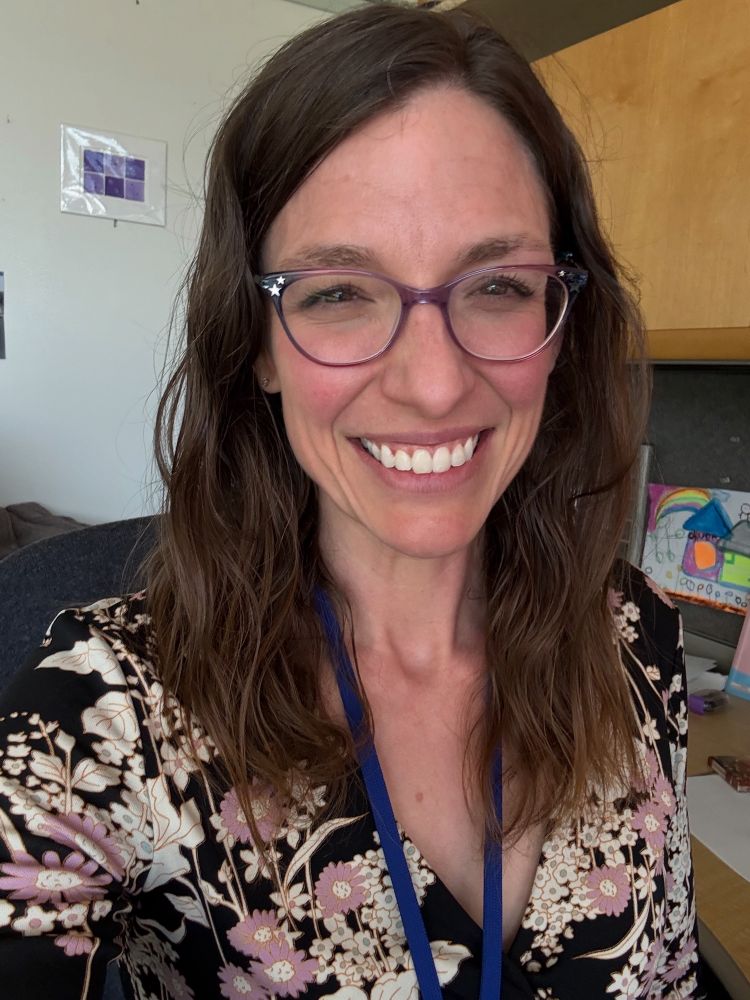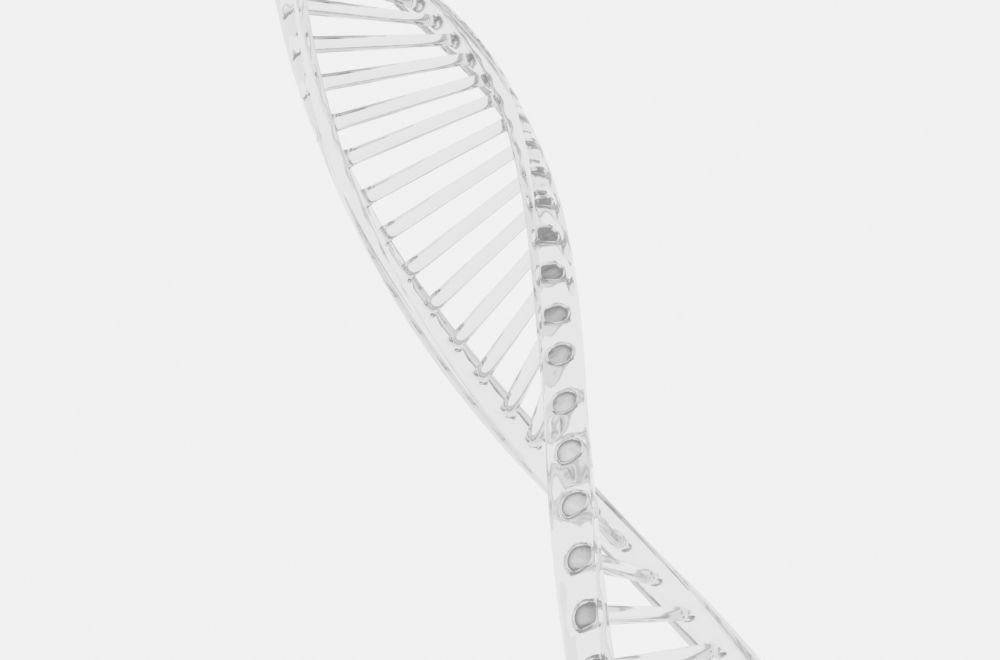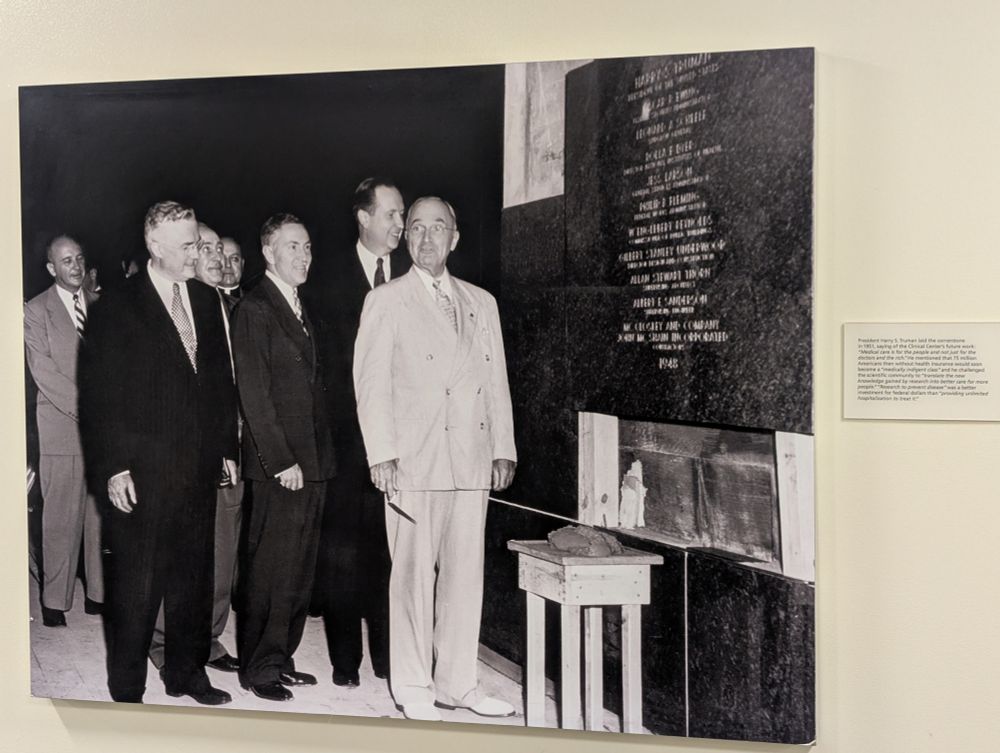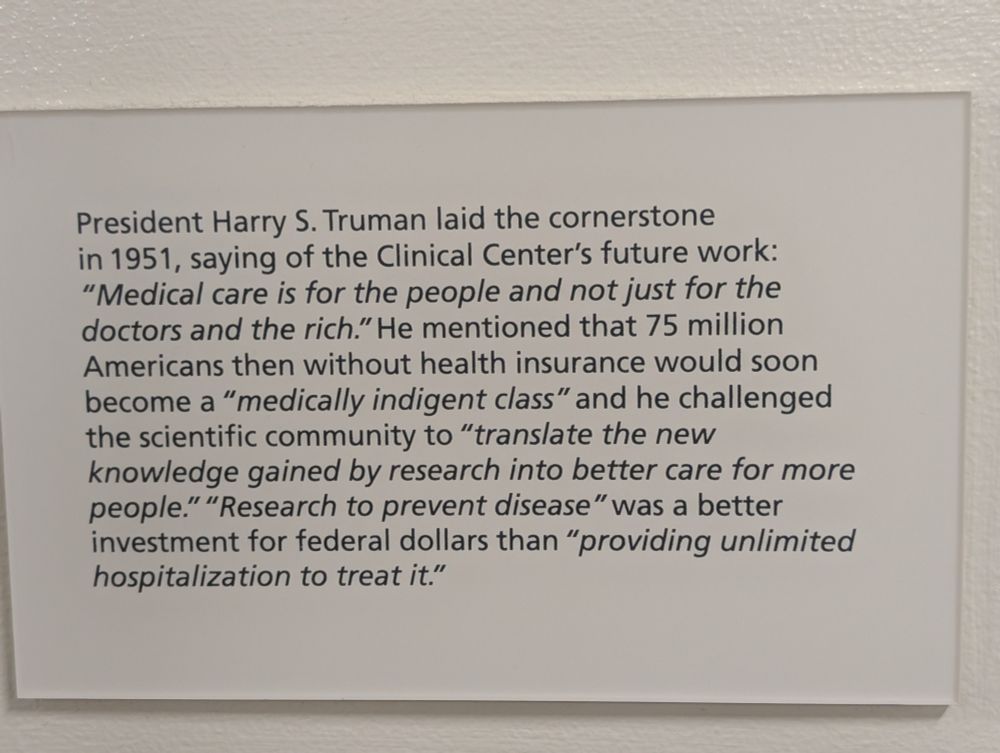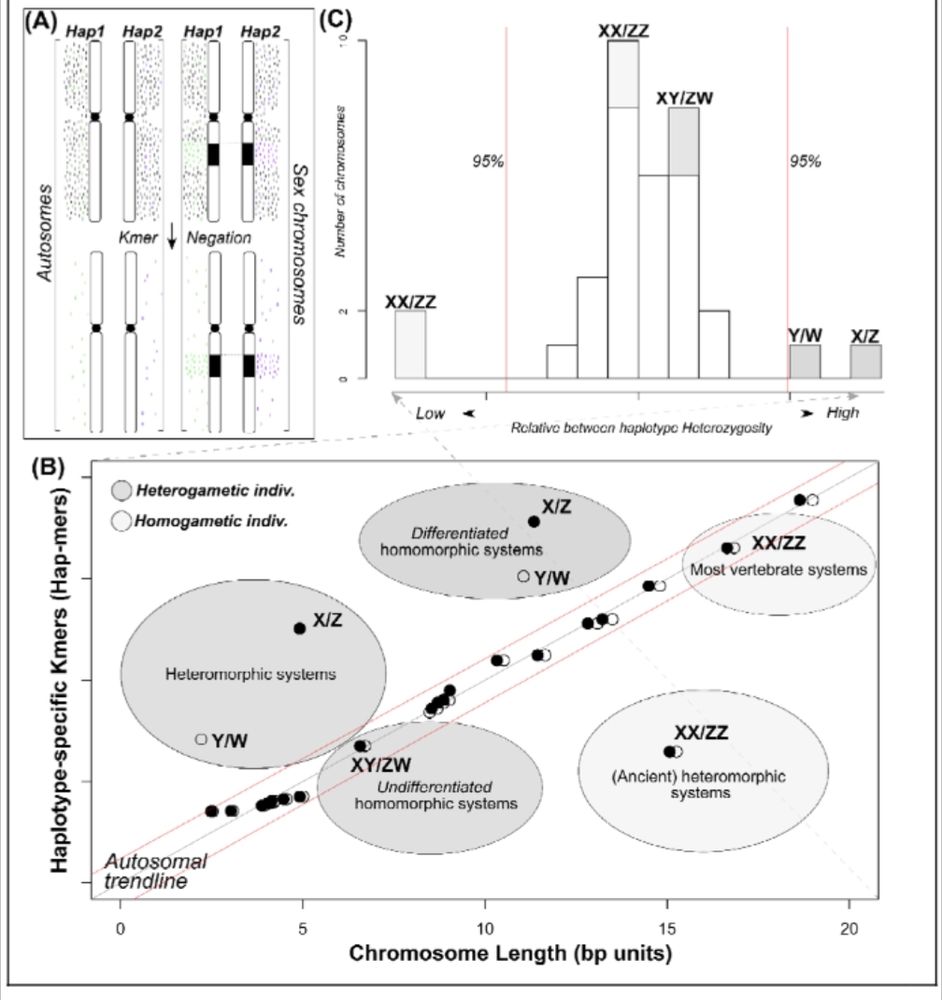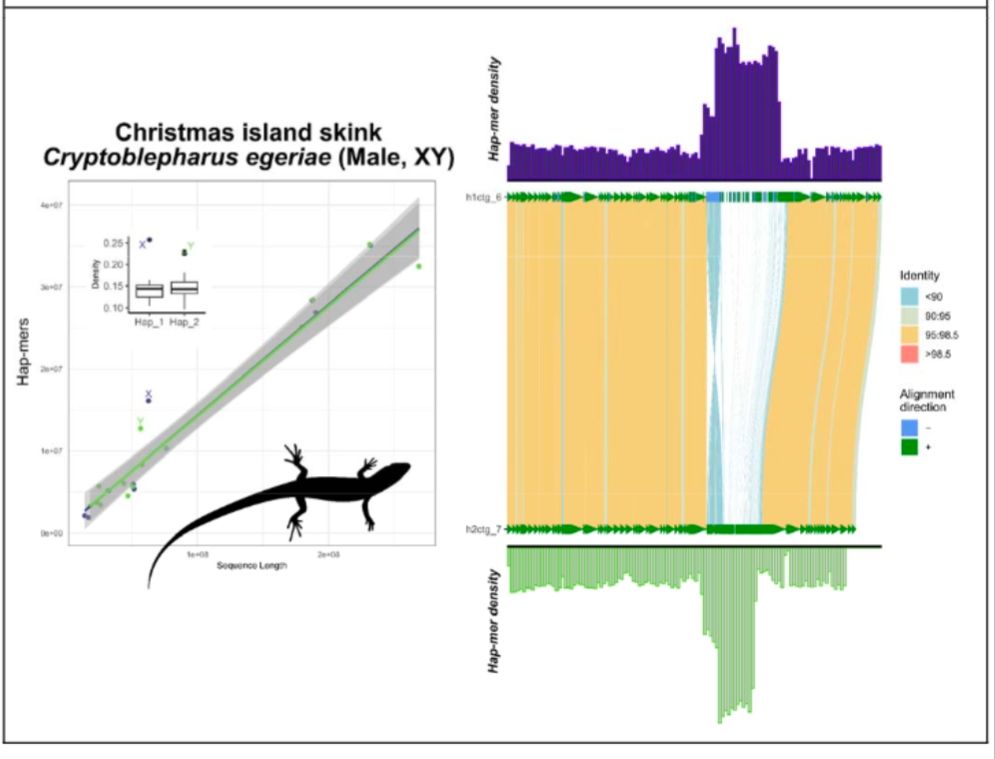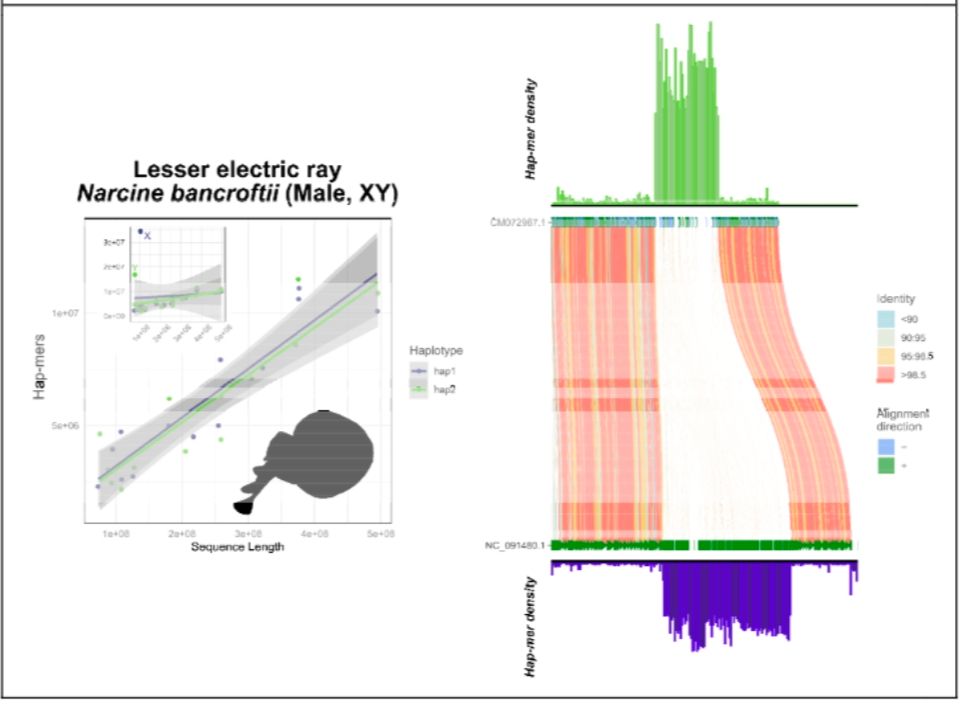Melissa Wilson
@sexchrlab.bsky.social
2.8K followers
440 following
170 posts
Geneticist. Parent. Studying sex chromosomes and sex as a biological variable in disease.
Posts and opinions are my own.
Posts
Media
Videos
Starter Packs
Reposted by Melissa Wilson
Reposted by Melissa Wilson
Melissa Wilson
@sexchrlab.bsky.social
· Jul 30
Melissa Wilson
@sexchrlab.bsky.social
· Jul 14
Melissa Wilson
@sexchrlab.bsky.social
· Jul 14
Melissa Wilson
@sexchrlab.bsky.social
· Jul 14
Melissa Wilson
@sexchrlab.bsky.social
· Jul 14
Melissa Wilson
@sexchrlab.bsky.social
· Jul 14
Reposted by Melissa Wilson
Reposted by Melissa Wilson
Melissa Wilson
@sexchrlab.bsky.social
· Jul 9
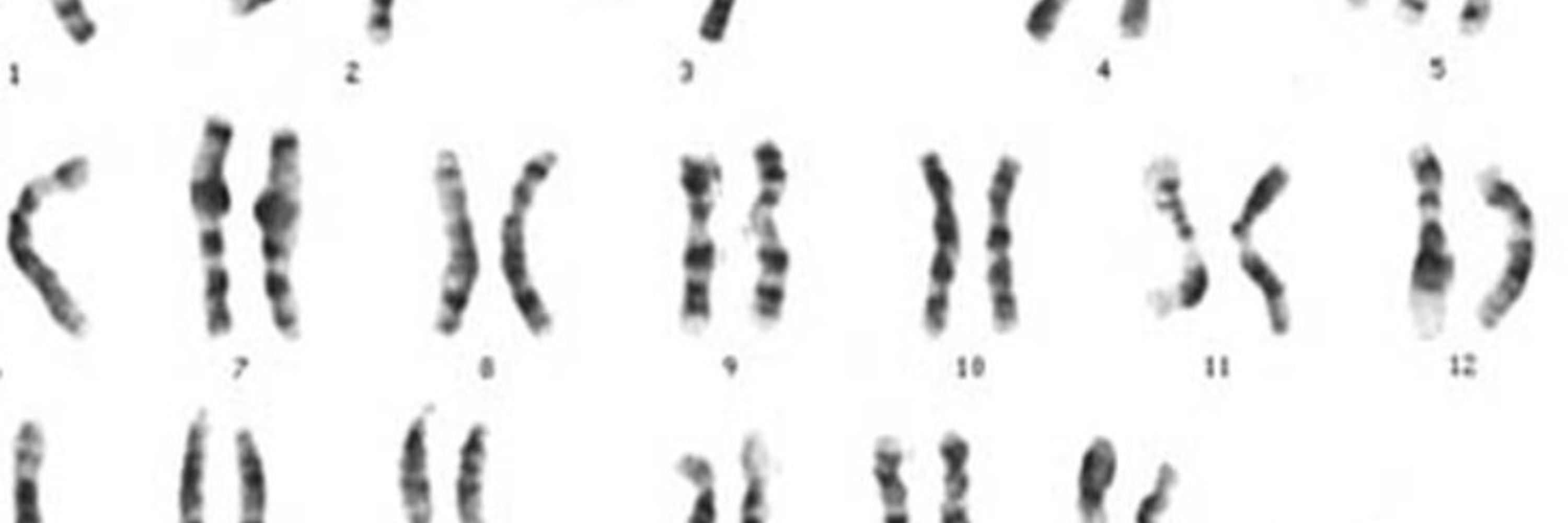




![CHARACTERIZING THE IMPACTS OF MENOPAUSE STAGE, SEX HORMONES, AND SEX CHROMOSOMES ON BRAIN AGING AND DISEASE
Alex R. DeCasien (NIA), Melissa Wilson (NHGRI), Stefano Marenco (NIMH), Xylena Reed (CARD), Armin Raznahan (NIMH), Mark Cookson (NIA)
Abstract: Biological sex influences risk for neurodegenerative diseases (NDDs), with Alzheimer's disease occurring more often in females and Parkinson's disease occurring more often in males.
Here, we propose to investigate how hormonal fluctuations (associated with menopause and andropause) and sex chromosome dynamics shape both sex differences and within-sex variability in brain aging and NDD risk. We will generate new blood-based endocrine measures and integrate these data with existing intramural and published single-nucleus RNA sequencing (snRNA-seq) datasets from various brain regions to examine how menopause stage, sex hormone concentrations, and sex chromosome loss contribute brain aging in specific brain cell types. By sampling males and females across the reproductive aging period - including the menopause transition - this work can illuminate how hormonal fluctuations due to reproductive aging contribute to changes in brain gene expression in ways that may impact susceptibility to NDDs. Our findings will enhance our understanding of how sex-related mechanisms and aging interact to influence brain health, potentially revealing novel therapeutic targets for NDDs.
MPIs (L-R, Top-Bottom]: Alex R. DeCasien (NIA), Melissa Wilson (NHGRI), Stefano Marenco (NIMH), Xylena Reed
(NIA), Armin Raznahan (NIMH), Mark Cookson (NIA)
nih.gov/women
11](https://cdn.bsky.app/img/feed_thumbnail/plain/did:plc:vj2daqzat7zr6q6lgcyigazg/bafkreifbiumv45kq377ttlxoptjrhtyadgpuec6qwu6klvjvwrbs4zairm@jpeg)


